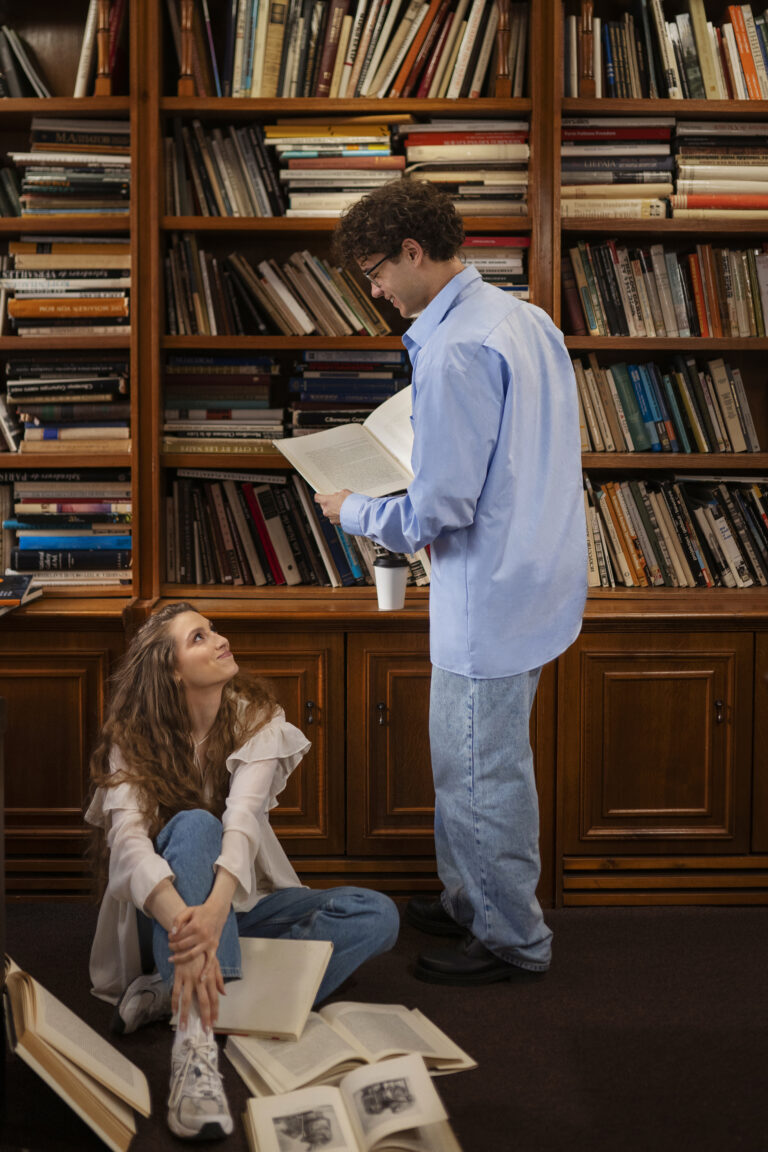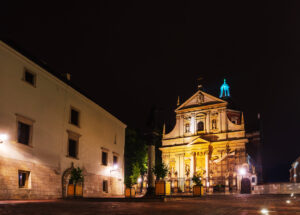
On December 8, 2024, the world rejoiced at the solemn reopening of a jewel of Gothic architecture. The Notre Dame Cathedral, beautifully restored and renewed, once again became the iconic image of the most enchanting postcards of the eternal City of Light. Its spire, gargoyles, sculptures, and magnificent Gothic rose windows showed the world that it is possible to survive fires when solidarity is organized and set into action under the guidance of experts.
On April 15, the world stopped for an instant, stunned and bewildered by the images endlessly replayed by the media: the Cathedral of Our Lady of Paris was engulfed in flames. For five long hours, the eyes of the world watched the fire climb furiously, consuming the structure until the most painful, most dramatic moment arrived—the collapse of the legendary spire, with no hope of saving it.
This was not an artfully staged film scene; it was unfolding live, before the world’s eyes: one of the most splendid cathedrals was collapsing, threatened by the risk of complete destruction. A powerful wave of grief and sorrow settled over all of France once the fire was extinguished, and quickly spread across the globe. Yet, just as the unexpected catastrophe had struck, so too arose an overwhelming wave of solidarity. Within hours, funds to undertake the reconstruction began to pour in, and with them, hope.
This “spirit of great generosity,” expressed in concrete donations from people across the planet, was unprecedented. In 150 countries, around 350,000 donors enabled the commission in charge of the restoration to raise a colossal sum in record time. In total, experts strategically allocated each of the 846 million euros received through the donation channels, achieving their main goal: to breathe new life into this unique jewel of Paris and Gothic architecture.
Initial Damage Assessments with a “Positive” Balance
According to the first reports compiled immediately after the disaster, Christianity’s most treasured relics, held by the universal Church, were not lost in the flames. Many ancient objects of worship, religious artworks, and the priceless relics zealously safeguarded by the Cathedral were fortunately rescued in time.
“The crown of thorns and the Blessed Sacrament were saved by a heroic firefighter who is also a priest and knew how to access these objects,” explained journalist Nicolas Delesall, who authored the report.
Among the relics, artworks, and treasures kept in the Cathedral is one of Christianity’s most exalted relics, unknown to many visitors: a reliquary containing fragments of the crown of thorns. This crown, woven with thin, sharp branches by executioners to humiliate Jesus on His way to crucifixion, is one of the most sacred symbols of the Passion. Another equally invaluable and significant reliquary holds a small fragment of the True Cross. Fate also spared from the flames the emblematic statue of the Virgin of Paris, bronze figures of the twelve apostles, and the Tunic of King Saint Louis, which were stored alongside the relics.
A Hero of God
In that improvised—and desperate—operation to save the relics, the heroic actions of Jean-Marc Fournier were crucial. This 50-year-old man, who risked his life and entered without hesitation into the smoke and columns of fire, carried out what can only be described as a divine rescue. As chaplain of the Paris Fire Brigade, the flames did not intimidate him; rather, he confronted them with both the tools of a firefighter and the weapons of faith.
On that fateful day, April 15, the priest donned his fire-resistant suit, uttered a brief prayer, and within minutes was crossing the flaming portal of the magnificent temple. Awaiting him were towering walls of fire and a tide of thick, suffocating smoke, which he skillfully navigated. The Cathedral, with its most affected structures already beginning to collapse, was a true death trap. But the route to the Blessed Sacrament and the chapel of relics was etched in his memory.
Father Fournier emerged smiling from the smoke and flames. Victorious in his mission, he carried with him the Blessed Sacrament, the relics of the Passion, and other invaluable objects that had come within moments of being destroyed along with the medieval building’s inner nave. Fortunately, Father Fournier knew exactly what needed to be done—and he did it. He then ensured that the treasures were moved to a safe location until their future could be determined. Today, the crown of thorns is no longer hidden; it is displayed for public veneration by the faithful every Friday.






